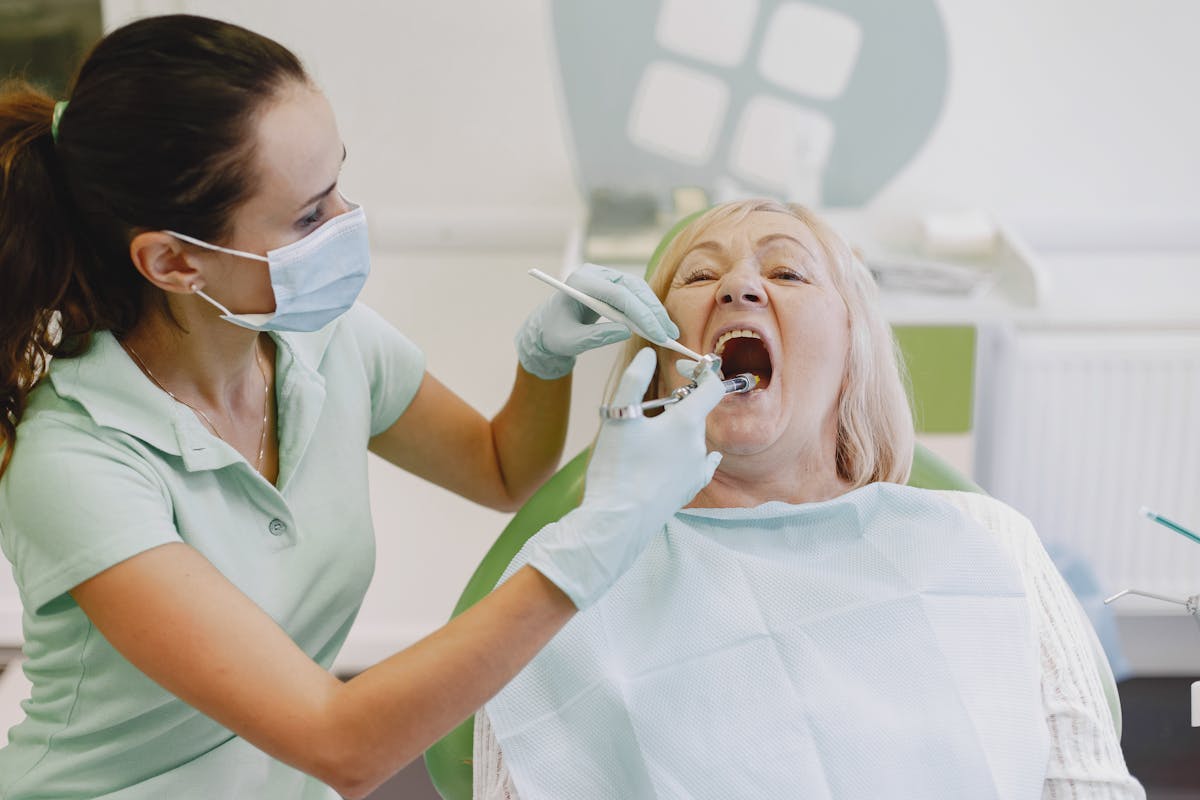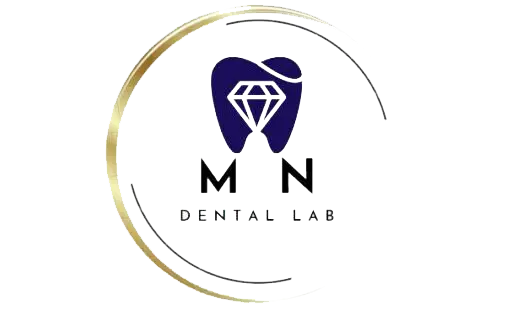Daily Cleaning Routine for Invisalign Aligners
To maintain the effectiveness and hygiene of Invisalign aligners, a meticulous daily cleaning routine is essential. Proper cleaning techniques are essential for aligner maintenance, ensuring ideal functionality and oral health. Users should begin by rinsing the aligners under lukewarm water to remove loose debris. Brushing them gently with a soft-bristled toothbrush, without toothpaste, prevents abrasive damage. Employing circular motions enhances the removal of plaque buildup. It is important to clean the aligners both inside and out, focusing on areas that contact the teeth.
After brushing, a thorough rinse under lukewarm water is necessary to eliminate remaining particles. Aligners should be stored in a clean case when not in use. This routine, when adhered to diligently, supports the longevity and cleanliness of the aligners.
Choosing the Right Cleaning Products
Selecting appropriate cleaning products is vital for maintaining Invisalign aligners in ideal condition. Washington dentists recommend using natural cleaners to prevent damage to the aligner’s material. These products are generally safe, non-toxic, and effective in removing bacteria and plaque without causing harm. It is essential to avoid abrasive substances, as they can scratch or wear down the aligners, affecting both their transparency and functionality. Toothpaste, often abrasive, should not be used. Instead, specialized cleaning crystals or tablets designed for aligners are advisable, as they offer a thorough clean without risk of physical damage. When choosing a product, it is important to make certain it is specifically formulated for aligners, guaranteeing compatibility and maintaining the integrity of the device.
Proper Storage Techniques
Proper care of Invisalign aligners extends beyond cleaning, requiring meticulous attention to storage practices to maintain their effectiveness. Utilizing an Invisalign case is essential for aligner protection when they are not in use. The case should be durable and specifically designed to shield the aligners from potential damage, such as cracks or warping. Dentists recommend placing aligners in their designated case immediately after removal to prevent exposure to harmful elements or accidental loss. It is critical to avoid wrapping aligners in napkins or tissues, as they may be inadvertently discarded. Additionally, storing them in the Invisalign case minimizes bacterial contamination, ensuring ideal hygiene. Consistent adherence to these storage practices prolongs aligner lifespan and promotes successful orthodontic treatment outcomes.
Avoiding Common Mistakes With Invisalign
In the maintenance of Invisalign aligners, understanding and avoiding common errors is vital for ideal results. A consistent cleaning routine, appropriate storage, and adherence to guidelines during eating and drinking are essential to prevent damage and maintain hygiene. These practices not only extend the lifespan of the aligners but also guarantee effective treatment outcomes.
Cleaning Routine Importance
While maintaining Invisalign aligners, a rigorous cleaning routine is essential to prevent common pitfalls associated with their use. Proper cleaning frequency is critical to guarantee peak oral hygiene and prolong the life of the aligners. Aligners should be cleaned at least twice daily, coinciding with regular brushing times. This consistent routine prevents plaque buildup and bacterial growth on the aligner materials, which are particularly susceptible to such accumulations. Using lukewarm water and a non-abrasive toothpaste or a specialized aligner cleaner is recommended to avoid damaging the clear thermoplastic. Additionally, rinsing the aligners thoroughly after each meal is advisable to remove food particles that may become trapped. Adhering to these practices guarantees the integrity and transparency of Invisalign aligners, promoting effective orthodontic treatment.
Proper Storage Tips
To guarantee the longevity and effectiveness of Invisalign aligners, it is imperative to follow proper storage practices. Users should consistently utilize aligner cases when the aligners are not in use. This prevents exposure to environmental contaminants and reduces the risk of damage or loss. When traveling, specific travel tips should be adhered to, ensuring that aligner cases are compact yet durable, accommodating unexpected scenarios. It is advisable to carry a spare aligner case to safeguard against misplacement. Avoid storing aligners in tissue paper or napkins, as these can be easily discarded unintentionally. Additionally, exposure to extreme temperatures, such as those in a car or near heating devices, should be avoided, as it can warp the aligners, compromising their fit and function.
Eating and Drinking
Although Invisalign aligners offer a convenient and aesthetically pleasing alternative to traditional braces, wearing them necessitates adherence to specific dietary guidelines to maintain their integrity and effectiveness. Patients must remove aligners before consuming food, as eating habits involving solid foods can damage or stain the aligners. Once removed, aligners should be stored in their protective case. Drink choices also require careful consideration; water is the only safe option to consume while wearing aligners. Beverages like coffee, tea, and soda can cause discoloration and warping due to high temperatures and acidity. Failure to adhere to these guidelines can compromise treatment outcomes. Consequently, conscientious management of eating habits and drink choices is essential for preserving the aligners’ functionality and appearance.
Handling Staining and Discoloration
Invisalign aligners, like any dental appliance, are susceptible to staining and discoloration, which can affect their transparency and aesthetic appeal. Preventing discoloration requires adherence to specific practices. Patients should avoid consuming pigmented foods and beverages, such as coffee, tea, and wine, while wearing aligners. If contact occurs, prompt rinse with water is advisable. Regular cleaning of aligners is essential; daily use of a non-abrasive cleaner is recommended to maintain clarity.
For stain removal, professional advice suggests soaking aligners in a solution of Invisalign cleaning crystals or a mild denture cleaner. This process effectively eliminates surface stains without compromising aligner integrity. Dentists emphasize the importance of consistent cleaning routines to guarantee ideal results and prolong the lifespan of the Invisalign aligners.

Maintaining Oral Hygiene During Treatment
Guaranteeing ideal oral hygiene during Invisalign treatment in Washington is essential for preventing dental complications. Patients must adhere to rigorous oral hygiene techniques, including brushing teeth after every meal to remove food particles that could otherwise become trapped beneath the aligners. Flossing is equally critical, as it reaches spaces between teeth that brushing might miss. Regular dental check-ups are advised to monitor oral health and guarantee proper Invisalign progression.
Aligner care tips emphasize the importance of rinsing aligners with lukewarm water to avoid warping. Avoid using toothpaste on aligners, as it can be abrasive. Instead, a specialized aligner cleaner or mild soap is recommended. Storing aligners in their designated case when not in use prevents contamination and potential oral infections.
Dealing With Bad Breath While Using Aligners
To mitigate bad breath while using Invisalign aligners, maintaining proper oral hygiene is essential. Regular brushing and flossing, combined with the use of antimicrobial mouthwash, can greatly reduce bacterial build-up. Additionally, incorporating breath-freshening products, such as sugar-free mints or sprays, can provide temporary relief and improve overall breath quality.
Maintain Proper Oral Hygiene
Proper oral hygiene is paramount when using Invisalign aligners to prevent bad breath, which can be a common concern for many users. Effective oral care involves a meticulous routine of brushing and flossing. Dentists recommend brushing teeth after every meal to remove food particles that can become trapped between teeth and the aligners. This practice assists in maintaining aligner cleanliness and preventing odor-causing bacteria buildup. Flossing should be performed daily to target interdental spaces unreachable by a toothbrush. Additionally, cleaning the aligners themselves is an integral aspect of aligner maintenance. Rinsing the aligners with warm water and gently brushing them with a soft toothbrush helps eliminate residual debris. Consistent adherence to these practices guarantees ideal oral hygiene, minimizing the risk of bad breath.
Use Breath-Freshening Products
Maintaining oral hygiene is foundational for Invisalign users, yet sometimes breath-freshening products become necessary to address lingering odors. The use of breath freshening sprays can be particularly effective in eliminating halitosis often associated with aligner use. These sprays deliver a concentrated burst of freshness, neutralizing bacteria responsible for unpleasant odors. Alternatively, mint flavored strips offer a discreet and convenient solution. They dissolve quickly in the mouth, providing an immediate freshening effect without interfering with aligner placement. Both products are designed to be aligner-friendly, guaranteeing that the integrity of the Invisalign material is preserved. Washington dentists recommend selecting products free of sugar and alcohol, as these ingredients can compromise aligner efficacy and oral health. Consistent use guarantees ideal results.
Traveling With Invisalign Aligners
When beginning a journey, individuals wearing Invisalign aligners must consider specific strategies to guarantee the integrity and hygiene of their aligners. Packing essentials such as a protective case, cleaning solution, and an extra set of aligners are critical. This preparation guarantees that aligners remain clean and secure during travel. Travel tips include maintaining a consistent oral hygiene routine by brushing and flossing after every meal, even on the go. It is advisable to carry a travel-sized toothbrush and toothpaste for convenience. Additionally, individuals should avoid exposing aligners to extreme temperatures, which can warp the material. By implementing these strategies, travelers can effectively manage their Invisalign aligners, guaranteeing continued dental progress and maintaining ideal oral health throughout their journey.
Monitoring Progress and When to Consult Your Dentist
How can individuals guarantee their Invisalign treatment is progressing as planned? Effective progress tracking is essential. Patients should adhere to the prescribed schedule for wearing aligners, typically 20-22 hours daily, and switch to the next set as directed. Regular self-assessment of dental alignment can help detect potential issues early. Monthly or bi-monthly dentist consultations are critical for ensuring the treatment is on track. During these sessions, dentists evaluate tooth movement and make necessary adjustments. They can also address any concerns related to discomfort or misalignment. Consistent communication with dental professionals enables timely interventions, optimizing treatment outcomes. Patients are encouraged to promptly consult their dentist if they notice unexpected changes or if the aligners do not fit as anticipated.
Frequently Asked Questions
Can I Eat or Drink With My Invisalign Aligners On?
Eating or drinking with Invisalign aligners on is not recommended as it can compromise aligner care and oral hygiene. Aligners should be removed to prevent food particles and liquids from causing bacterial buildup or damaging the aligner’s material.
How Long Should I Wear My Aligners Each Day?
The recommended aligner duration for ideal results involves daily wear of 20 to 22 hours. This guarantees effective teeth movement while allowing time for eating and oral hygiene. Adherence to this schedule maximizes treatment efficacy.
Are There Any Food Restrictions While Using Invisalign?
Invisalign users should avoid consuming food with aligners in place. Recommended food choices include softer options when aligners are removed. Snack alternatives such as smoothies or yogurt minimize potential damage, ensuring effective treatment and maintaining oral hygiene.
How Often Should I Replace My Invisalign Aligners?
The aligner lifespan typically extends over two weeks. Consequently, the recommended replacement frequency is biweekly. This schedule guarantees ideal tooth movement and hygiene, aligning with orthodontic treatment plans for effective results while minimizing potential complications.
Is It Normal to Experience Discomfort With New Aligners?
Experiencing discomfort with new aligners is common during the aligner adjustment phase. This discomfort, typically temporary, can be alleviated through discomfort relief strategies, like using cold compresses or over-the-counter pain relievers to minimize irritation.

